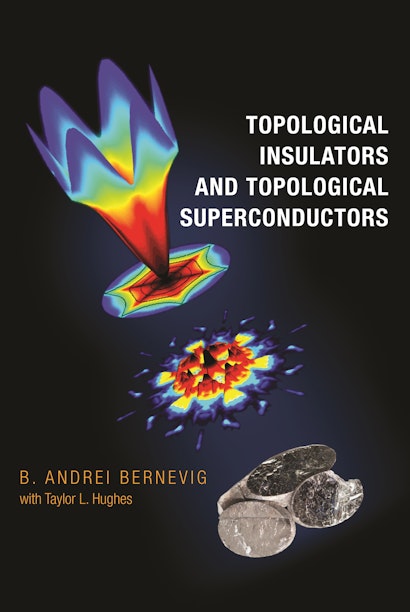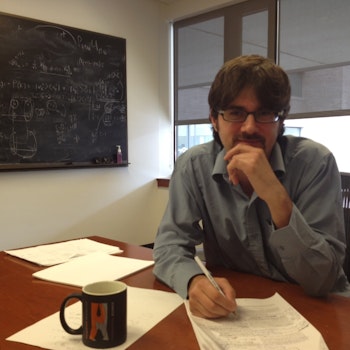This graduate-level textbook is the first pedagogical synthesis of the field of topological insulators and superconductors, one of the most exciting areas of research in condensed matter physics. Presenting the latest developments, while providing all the calculations necessary for a self-contained and complete description of the discipline, it is ideal for graduate students and researchers preparing to work in this area, and it will be an essential reference both within and outside the classroom.
The book begins with simple concepts such as Berry phases, Dirac fermions, Hall conductance and its link to topology, and the Hofstadter problem of lattice electrons in a magnetic field. It moves on to explain topological phases of matter such as Chern insulators, two- and three-dimensional topological insulators, and Majorana p-wave wires. Additionally, the book covers zero modes on vortices in topological superconductors, time-reversal topological superconductors, and topological responses/field theory and topological indices. The book also analyzes recent topics in condensed matter theory and concludes by surveying active subfields of research such as insulators with point-group symmetries and the stability of topological semimetals. Problems at the end of each chapter offer opportunities to test knowledge and engage with frontier research issues. Topological Insulators and Topological Superconductors will provide graduate students and researchers with the physical understanding and mathematical tools needed to embark on research in this rapidly evolving field.
B. Andrei Bernevig is the Eugene and Mary Wigner Assistant Professor of Theoretical Physics at Princeton University. Taylor L. Hughes is an assistant professor in the condensed matter theory group at the University of Illinois, Urbana-Champaign.
"The book . . . may be extremely useful to both graduate students and more senior researchers."—Vicentiu D. Radulescu, Zentralblatt MATH
"Dr. Bernevig writes well and with insight. . . . with a beginning graduate student in mind who wants to enter quickly the research in this field."—S.W. Lovesey, Contemporary Physics
"This book presents an array of increasingly complicated problems centered around the idea of the topology of a band in k-space and the theorem that the Chern number determines the Hall effect. It will be invaluable to those who are in tune with the conceptual structure of modern band theory as reconfigured by Haldane and his fellow travelers."—Philip W. Anderson, Nobel Laureate in Physics
"One of the most exciting developments in condensed matter physics over the last seven or eight years has been the topic of topological insulators and superconductors. The present book, by one of the original pioneers in this area, is a very up-to-date and comprehensive introduction to the theory of these systems. It will be extremely useful to both graduate students and more senior researchers."—Anthony J. Leggett, University of Illinois, Urbana-Champaign
"An authoritative and sophisticated introduction to the mathematics of topological insulation."—Robert B. Laughlin, Stanford University
"This book gives the first comprehensive introduction to the theory of topological insulators and superconductors—an exciting new field in condensed matter physics. The authors contributed to the discovery of the first topological insulator HgTe, and now present a readable account accessible to most graduate students."—Shoucheng Zhang, Stanford University
"This excellent book introduces a relatively new topic in condensed matter physics. The material is well developed and sufficient detail is given for students to follow arguments and derivations. With a hands-on, no-nonsense approach, Topological Insulators and Topological Superconductors will be a mainstay in the field for years to come."—Marcel Franz, University of British Columbia
"Topological Insulators and Topological Superconductors deals with a very exciting subject that has become the focus of research in recent years. Bernevig and Hughes have made some of the most important theoretical contributions to this young field and this timely volume will have significant staying power. It will be of great interest to condensed matter physicists, high energy and string theorists, and mathematicians."—Eduardo Fradkin, University of Illinois, Urbana-Champaign


